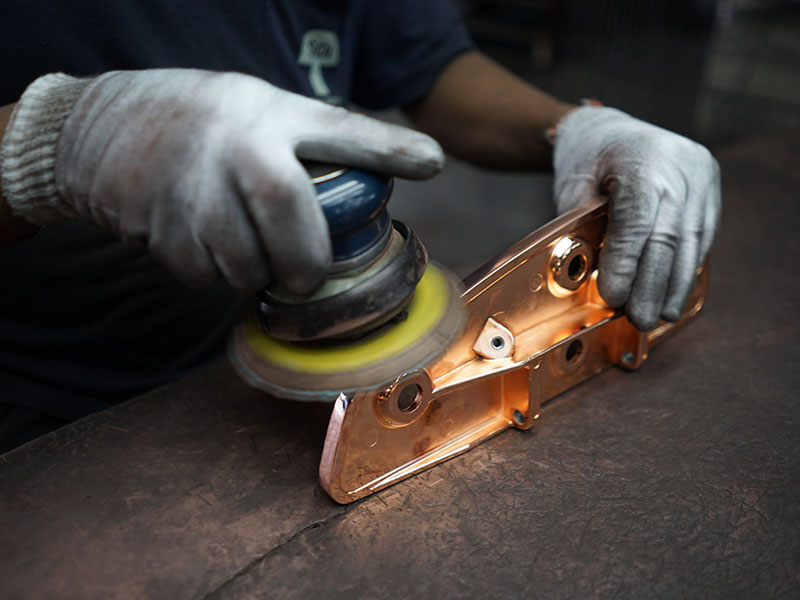The Precision and Versatility of Diecasting
The Precision and Versatility of Diecasting
Blog Article
Diecasting is a highly specialized manufacturing process that transforms molten metal into precisely defined parts using high-pressure molds. It has gained a place of importance for a wide range of industries such as electronics, aerospace, automobiles and even consumer products because of its capability to create complex forms with incredible quality and precision. Combining the fundamentals of metallurgy with advanced engineering diecasting can provide unrivalled effectiveness and precision. This makes it an integral part of modern manufacturing. This article delves into the complicated world of diecasting, investigating its method, benefits in a variety of ways.
The core of diecasting is the mold, known as a die. It is carefully designed and constructed from solid steel, which is hardened to resist any extreme elements of the process of casting. The design of the die is crucial, as it is required to support the molten metal's flow and hardening while making sure that the tolerances are tight to assure the highest level of precision. The process of casting dies, metals such as aluminum, zinc, magnesium as well as copper are heated to get molten. This molten steel is forced into the die cavity at high pressure, filling each and every inch of the mold. The rapid cooling and hardening of the material result in parts that exhibit outstanding dimensional precision as well as a flawless surface, frequently not requiring additional manufacturing or finishing.
One of the major advantages of diecasting is the ability to produce parts with exceptional dimensional accuracy and smooth surfaces. High-pressure injection guarantees that every detail of the mold is replicated, resulting in parts which meet the strictest tolerances and require minimal to none post-production tasks. This accuracy is particularly useful to create complex geometries and intricate details that are hard or impossible to create by other techniques of manufacture. Furthermore, the ability to repeat diecasting makes it a great choice for large-scale production, ensuring uniformity across a large number of parts. Diecasting's efficiency can also result in significant reductions in costs, since it decreases waste material and costs for labor.
Diecasting also excels in producing parts with superior mechanical characteristics. Its rapid cooling of liquid metal that is formed during the casting process results in fine grain structure that increases the toughness and endurance of the finished product. These components are ideal for use in applications that demand superior performance and durability. For example, in the automobile industry they are employed for transmissions, engines, and structural components. their strength-to-weight ratio is critical to ensure safety and efficiency of vehicles. Similarly, in the aerospace field diecast parts contribute to the creation of light but solid structures, which are crucial to improving fuel efficiency and performance. To generate more information please check my review here
Diecasting's capabilities extend to its many applications in various sectors. For instance, in the automobile industry, diecast components are integral in the creation of engines, transmissions and structural parts, contributing to the development of less weight and more efficient vehicles. In the electronic sector it is utilized to manufacture heat sinks, housings, and connectors, to ensure optimal thermal management as well as durability for electronic devices. Consumer goods also benefits from diecasting, with applications ranging from appliances for the home to power tools, toys and even power tools. The process's adaptability to various metals as well its ability to make parts with complex patterns make it ideal for various kinds of products, each benefiting from the distinct benefits diecasting brings.
Diecasting is an essential manufacturing method that is able to combine precision, efficiency, and versatility. Its capability to make sophisticated, high-quality parts with superior mechanical properties makes it essential in numerous industries. Diecasting's efficiency when it comes to mass production, with its material and price benefits, underscores its value in manufacturing today. With the need for high-performance and durable components continues to grow, diecasting will remain an essential technology that drives forward the development of products with the latest technology that will meet the ever-changing demands of the marketplace. Through continuous development and application diecasting is an example of combination of engineering expertise and manufacturing knowledge, establishing its position in the future of manufacturing.